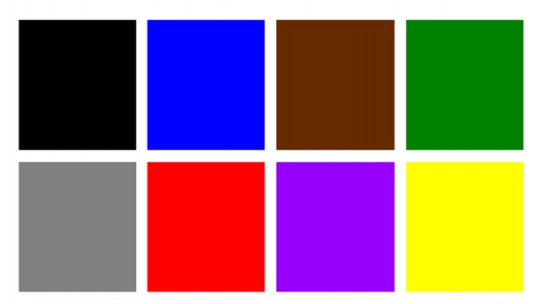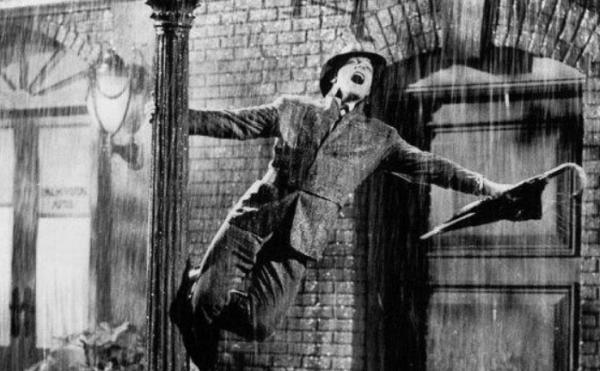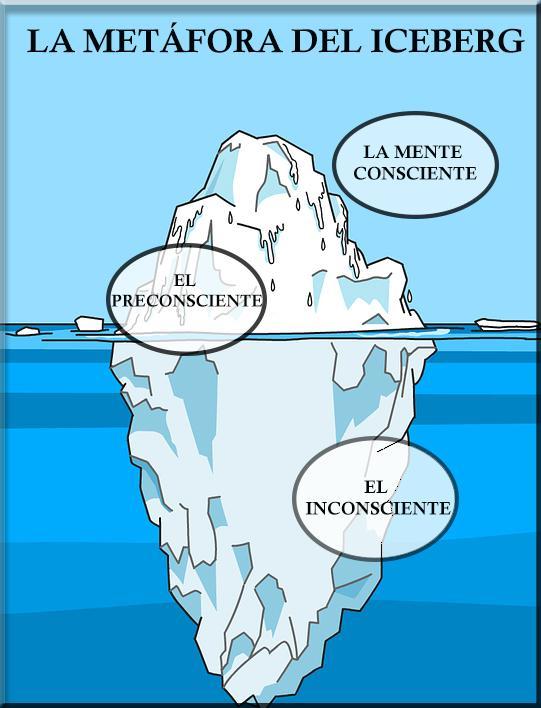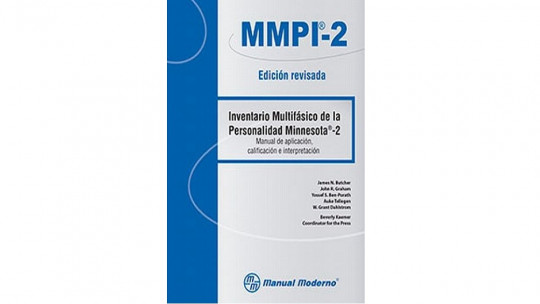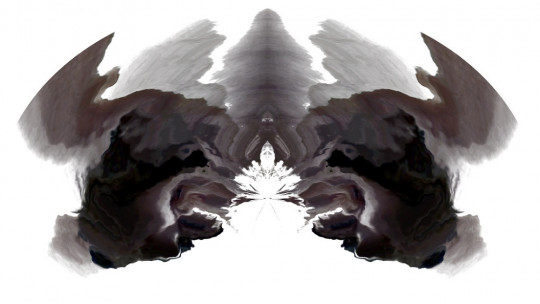
Although they are reviled by many psychologists, projective tests such as Rorschach and thematic apperception tests can be very useful in evaluating the personality of adults and minors.
In this article we will describe the 5 most used types of projective tests including associative and expressive or graphic techniques.
What are projective tests?
Projective tests are methods of assessing personality and other mental characteristics that are based on ambiguous and poorly structured stimuli. The logic underlying this type of test corresponds to the hypothesis that test takers are more likely to project their mental processes onto a test if the material is ambiguous and stimulates the imagination.
These techniques have traditionally been framed in psychoanalytic theory, according to which personality has a stable character and is largely determined by irrational impulses that escape the consciousness of individuals. However, psychoanalysis defends that it is possible to identify the contents of the unconscious through various procedures.
Since it is assumed that the responder does not know the purpose of the items that make up the test, projective tests are considered less susceptible to falsification than other methods of psychological evaluation, mainly those that are based on self-report. It is said that projective tests are masked evaluation techniques.
Although this type of test has been highly criticized by psychologists of other theoretical orientations at a methodological level, the truth is that the long tradition of using projective tests has allowed there to be a high degree of systematization in many of these. An especially clear case in this sense is the famous Rorschach test. However, despite this systematization, its effectiveness is seriously questioned if we are guided by the meta-analyses that have been carried out in this regard.
Types of projective techniques
There are different types of projective tests: structural ones, which are based on the organization of visual material ; thematic ones, consisting of telling a story from different images; the expressive or graphic ones, focused on drawing; the constructive ones, such as the imaginary village test or the diagnostic game, and the associative ones (eg incomplete sentences).
Below we will describe the most popular tests and projective test types, including examples of all the types we mentioned in the previous paragraph. We will leave aside refractory tests such as graphology which aims to determine personality from the appearance of writing and has not received any empirical support.
1. Rorschach test
In 1921, the psychiatrist Hermann Rorschach published a psychological test consisting of 10 sheets with ambiguous-looking symmetrical ink blots Over the years, subjectivity in the interpretation of this test decreased significantly; In particular, the Exner evaluation system, based on scientific research, became popular in the 1980s.
In the Rorschach test, the person evaluating presents the pictures in a specific order to the person being evaluated; In each case this must answer the question “What could this be?” without receiving any further indication. Afterwards, the evaluator shows each image again to discover which aspects of them provoked the responses.
Among the indicators analyzed in the Rorschach test we find the number of answers (normally in adults it is between 17 and 27 in total), the frequency of the answers given in the general population or the predominance of certain contents. This analysis may suggest psychopathology ; For example, monotony is associated with depression.
Subsequently, other structural tests based on inkblots have been developed, such as Holtzman’s, which aims to have greater reliability and is composed of 45 images, and Zulliger’s Z-Test, which consists of only 3 slides and is intended as a test screening.
2. Murray’s thematic apperception test
The Thematic Apperception Test or TAT, developed by Henry Murray, is the most widely used thematic-type projective test, especially in the evaluation of adults. It is made up of 31 sheets of which only 20 are applied to each individual, depending on their biological sex and their age.
The images are much more structured than those of the Rorschach test: they show scenes related to themes such as family, fear, sex or violence from which the subject must create a story that includes a past, a present and a future. The objective is to analyze the psychological needs and pressures of the person evaluated.
There are variations of the TAT for different age groups. The CAT tests (“childhood apperception test”) are applied to children of diverse ages, cultural levels and physical and psychological characteristics, while the senescence apperception test (SAT) evaluates typical variables in elderly people, such as loneliness or disability.
Two other well-known thematic tests are Phillipson’s object relations test and Rosenzweig’s frustration test The images of the former show an intermediate degree of structuring compared to the TAT and the Rorschach, and the Rosenzweig test presents frustrating scenes in which the person must add dialogue.
3. Children’s thematic tests
The Blacky and Pata Negra sheet tests, created respectively by Gerald Blum and Louis Corman, are specific thematic tests for children. Both are based on images of animals (Blacky is a dog and Pata Negra a pig) that serve as stimuli for the little ones to talk about their vision of themselves and their family.
The fairy tale test is one of the most recent thematic projective tests; was developed by Carina Coulacoglou in the 1990s. In this case the stimuli are drawings of famous fairy tale characters, such as Little Red Riding Hood and the Wolf or Snow White and the Dwarves, and the child must answer several previously established questions.
4. Expressive or graphic techniques
In this type of techniques, the person evaluated has to draw certain elements under the direction of the evaluator. In comparison with the Rorschach test and the TAT, we can say that these tests They have a low level of standardization and their interpretation is quite subjective although this does not mean that they cannot be useful tools.
Within this category we find Buck’s house-tree-person (HTP) test, the person-in-the-rain drawing test Abramson, the Corman family drawing test, the Koch tree test and the Machover human figure drawing test.
5. Associative techniques
Associative techniques consist of issuing responses in relation to a specific stimulus. The classic example of these tests is that of word association, used by classic authors such as Galton and Jung in which a list of terms is presented to which the person evaluated has to answer with the first word that comes to mind.
The incomplete sentence test is similar, although in this case instead of associating one word with another, the sentence started by the evaluator must be finished. Zazzo’s wishful test (or bestiary) analyzes the fear of death and defense mechanisms based on the answer to the question “What would you want to become if you stopped having human form?”


